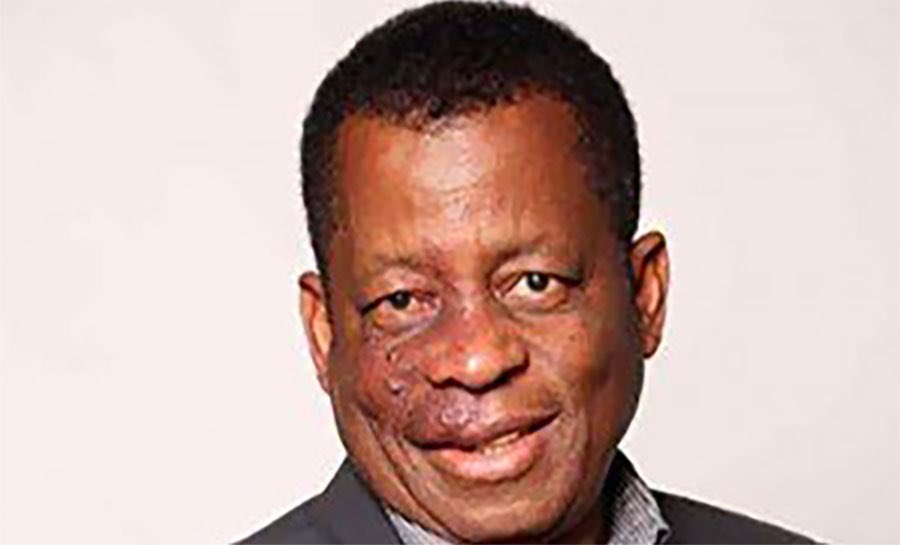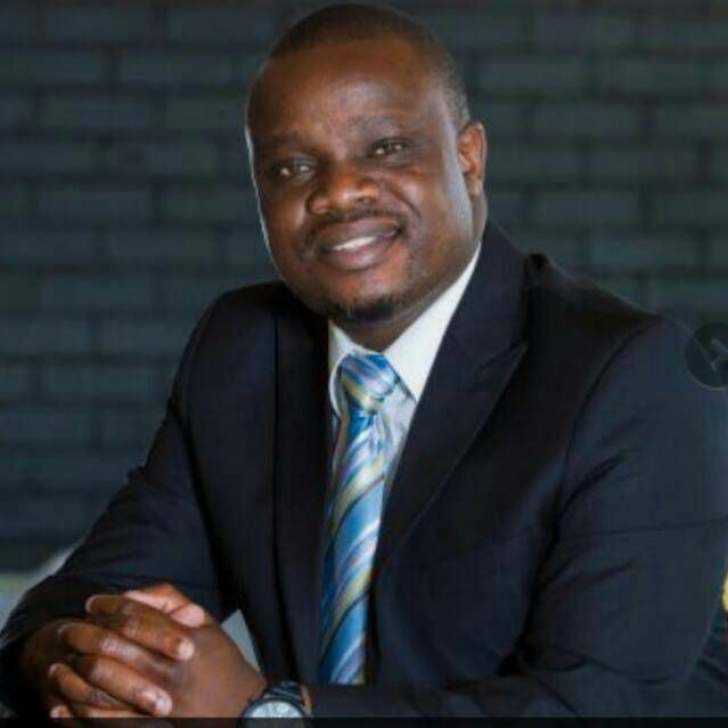
ZESA executive chairperson Sydney Gata
By Staff Reporter
Harare- Zimbabwe Electricity Supply Authority (ZESA), has unveiled a comprehensive plan to address the ongoing power cuts affecting the country.
The plan includes a raft of short-term measures, long-term investments, and collaborations with various stakeholders.
ZESA executive chairperson Dr. Sydney Gata on Monday addressing the media emphasized the importance of these measures in addressing the country’s power challenges and supporting economic growth.
Gata also highlighted the impact of the El Niño-induced drought on power generation with Kariba South Hydro plant curtailed from 1050 MW to an average of 272MW, following the directive from the Zambezi River Authority for Zimbabwe and Zambia to reduce generation.
Some parts of the country has been facing incessant 12-16 hours power cuts which Gata attributed to a recent technical fault at Hwange Power Station Unit 8 which he said had been rectified.
“We experienced a fault at the Hwange Power Station Unit 8 last week and we had to switch it off.
“These are normal technical hitches that happen during the infancy of any new plants and I’m glad to notify you that our engineers have resolved this and we expect to synchronize the unit to be back online soon,” said Gata.
Gata said the power utility was also adopting a short term solution of installing a utility scale battery energy storage system of 1 800MWh (1.8GWh) as an immediate measure to curb power shortages across the country.
“ZESA will install a utility scale battery energy storage system of 1800 MWh (1.8GWh) which will provide three hours of 600 MW during morning and evening peaks.
“The system will provide three hours of 600 Mhw during morning and evening peaks,” he said
Gata said ZESA Holdings was finalising an agreement for the repowering of Hwange units 1 to 6 with Jindal of India.
“This will see an improvement of consistent output from the current average of 485 MW to 840 MW.
“The programme will be executed unit by unit in the next 36-48 months, with work having commenced on unit 5, using internal resources,” he said.
Gata went on to say that ZESA had also entered agreements with Ferrochrome companies who have been enjoying a relatively low tariff over the years to supply their own power in collaboration with ZESA playing a balancing role.
“Construction work has already started at one site targeting to produce 300 MW of thermal power in Hwange, with the first 100 MW coming on stream by mid-2025.
“Construction work will commence this Q3 on a 720 MW thermal power station by one of the ferrochrome companies for self- supply and supply to other ferrochrome companies.
“Ferrochrome companies will be investing in renewable energy, solar and wind, commencing this year. In total, smelting companies have reached an advanced stage for construction of a total of 300 MW of solar and 100 MW of wind power,” he said.
Gata said ZESA was currently mobilising financing for the installation of about 120 MW of solar power at productive farms.
According to Gata the installation of the 120 MW solar would ease the demand from farming load on the system, and at the same time allow farmers to feed excess energy to the grid.



